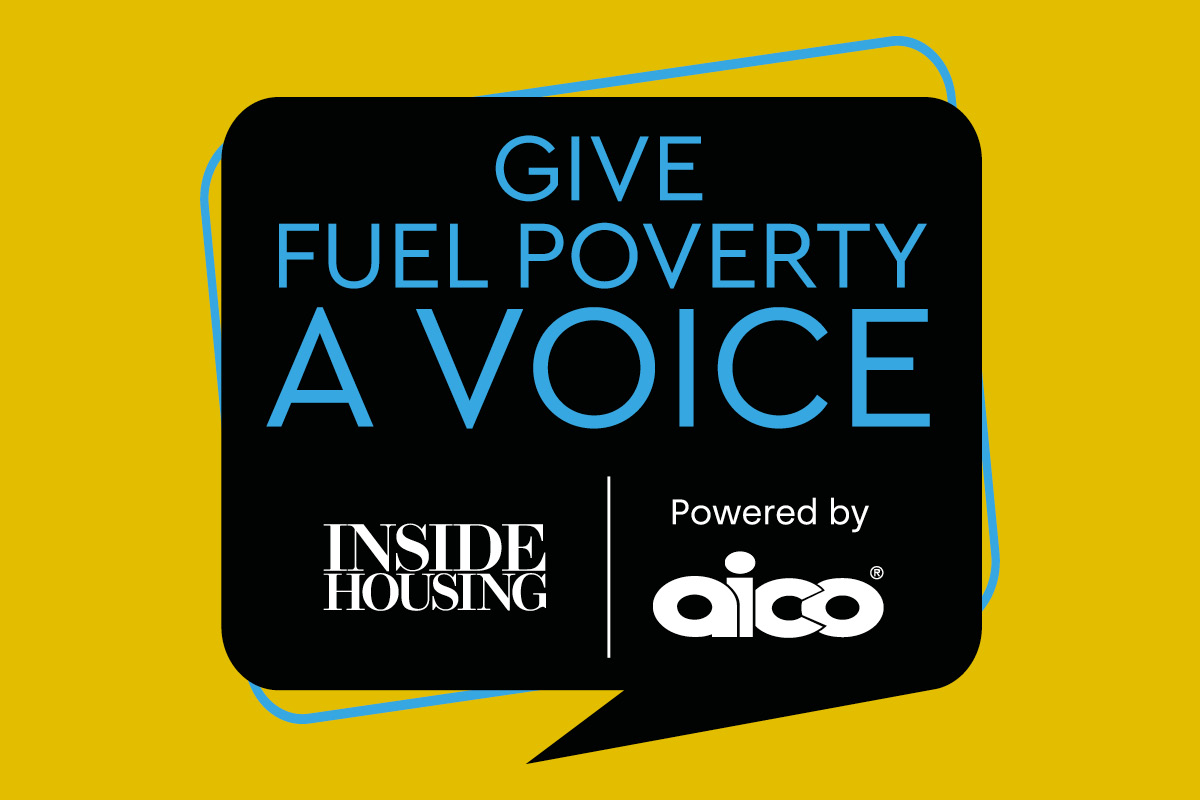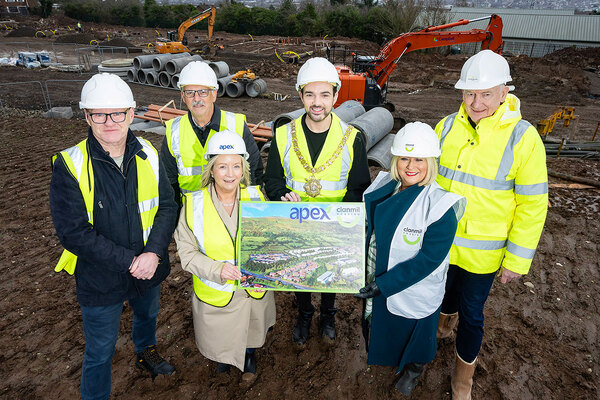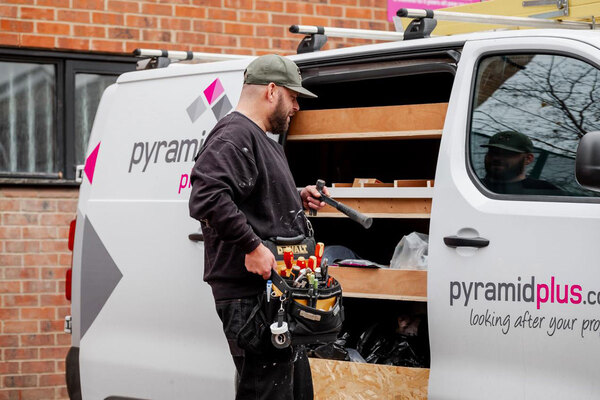Fuel poverty: what’s happening now?
Recent government statistics have shown that fuel poverty is set to affect 3.5 million people this year. A survey by Inside Housing and Aico finds out what steps social landlords are taking to help
In association with:

The number of people living in fuel poverty in England this year is predicted to rise 14.4% to more than 3.5 million, according to the latest government statistics. For some of the most vulnerable people in society, the effects of fuel poverty will be felt acutely. This will include many social housing tenants.
This is why, for the second year in a row, Inside Housing has partnered with safety manufacturer Aico to run a survey, as part of the Give Fuel Poverty a Voice campaign, exploring what steps landlords are taking to identify and support residents living in fuel poverty. A total of 117 respondents took part, with more than half coming from housing associations and a further 15% classed as local authorities. Other respondents were spread across sub-sectors including property services, accommodation providers and charities.
The findings showed that while efforts are being made on this critical issue, 34% of respondents said 11-30% of their homes had an Energy Performance Certificate (EPC) rating below Band C, 29% said 31-60% of their homes fell within Band C, and 17% said 11-30% of their homes had an EPC rating below Band E. One council said it was having to implement enforcement activity around poor-performing private housing, such as those in Band G.
Increase in fuel poverty support
Even though most respondents are still not tracking the number of residents in fuel poverty, the number of those tracking the information has increased eight percentage points. Of those who do track this information, nearly two-fifths (38%) said that more than 40% of their tenants are currently living in fuel poverty. Worryingly, this has increased from 28% in last year’s survey.
This year, 72% of respondents said they have had to increase the level of support they offer to residents since April 2022, when the energy price cap was lifted, which included energy debt support, increasing their hardship fund or increasing funds available for fuel vouchers.
A further 80% of respondents said they have seen an increase in residents requesting financial support since April 2022. A total of 46% of these said they had seen an increase of 6-25%, with a fifth noting an increase
of 26-50%.
For Sam Collier, sustainability and ethics lead at monitoring technology provider HomeLINK, which is part of Aico, the high level of respondents who were not tracking fuel poverty came as a shock.
He says: “It is a surprise that more than half of respondents aren’t aware of how many of their tenants are living in fuel poverty, particularly given how poor-quality homes can impact people’s ability to pay their fuel bills. For example, a property with an EPC of Band E can have an annual bill almost twice that of a property in Band C. Where household bills are high, residents may be less able to afford their rent, or they may choose to reduce the amount they heat their homes.”
The effects of reduced heating
Mr Collier adds: “Within homes that have HomeLINK sensors installed to measure temperature, energy consumption and air quality, we have seen a trend of inadequately heated homes. This winter we have seen many homes regularly between 10°C and 15°C. Indoor temperature below 18°C can have a direct impact on respiratory health, while also increasing the risk of issues such as damp and mould developing. These issues can cause further health impacts, while also damaging the structure of the property.
“Landlords have been impacted, as shown by the increased levels of support they have provided over the past 12 months. Knowing which residents are at risk of experiencing fuel poverty, as well as those who are vulnerable to its effects, can help landlords target preventative action from which all parties will benefit.”
To better understand how landlords were engaging with tenants, the survey asked for examples of resident feedback on how fuel hikes affected them, as well as the methods and regularity of their engagement.
A total of 30% of respondents said they mainly engaged with residents on fuel poverty – to provide updates or support – by phone. A further third said they arranged face-to-face meetings, while 20% emailed. More than 40% described the regularity of engagement as “ad hoc”, compared with 20% who said weekly.
For one housing provider, bills and food were the two biggest concerns for their residents. They said the hikes “impacted residents’ lifestyles, with almost half of residents reporting cutting back on essentials. While most residents express that they feel the impact of the cost of living crisis, only a third are getting support at the moment, mostly from family and friends”.
They continued: “Residents with medical conditions explained how staying warm is vital for their health, but they aren’t always able to afford to stay warm. Residents have said how they are being advised to speak to their energy provider, who are saying there’s nothing they can do to help. Residents are trying to get back up on their feet, but are struggling to do so in the current climate.”
In numbers
38%
Respondents who said more than 40% of their tenants are experiencing fuel poverty
72%
Respondents who have increased the level of support for tenants
20%
Respondents who engaged with tenants weekly on fuel poverty
62%
Respondents who cited limited resources as a barrier to improving energy efficiency
Another respondent from a housing association added: “Homes are being heated to as low as 12°C. This is causing damp to form, which is possibly going on to cause mould. Adults are not eating in order to feed their children and pets are being put out onto the street because they can’t afford to feed them.”
Steps to track fuel poverty varied. One respondent said they had staff going door-to-door to engage with residents, who they then asked to complete a survey. They used this data to assess what support was needed.
Some cited dashboards and smart meters. One respondent explained they had devices installed in around 3,000 homes to measure the temperature and then used the data to identify at-risk groups.
Only one survey respondent said 81% or more of their homes had smart meters fitted. A far higher 47% said they did not track this, while 19% said 11-30% of their properties had smart meters.
That said, 62% of respondents were interested, with residents’ consent, in accessing smart meter data to assist in tackling fuel poverty. However, some remained sceptical, with more than one association saying they were “unconvinced” that smart meters could help and that their customers would find it “intrusive”.
Another respondent said they were trialling devices to identify damp and mould issues. They said information on energy use and heating would “complement this and help us to address the financial inclusion issues”.
Looking ahead, survey respondents said the top three challenges hindering them from bringing tenants out of fuel poverty are: limited resources to upgrade their stock to energy-efficient standards (62%), limited government support (61%) and poor resident engagement (30%).Other barriers included not having a strategy to carry out stock upgrades (27%) and a lack of organisational understanding about fuel poverty (17%).












